Bike Saddle Height Calculator
Proper bike saddle height adjustment is crucial for riding comfort and performance. Use this calculator to find the ideal saddle height based on your inseam measurement and preferred riding style.
Calculated Saddle Height
To adjust your bike saddle, loosen the seat post clamp and raise or lower the saddle to the calculated height. Make sure to tighten the clamp securely after adjustment.
Why is Saddle Height Important?
Proper saddle height adjustment is crucial for cycling comfort, efficiency, and injury prevention. An incorrectly adjusted saddle can lead to discomfort, reduced pedaling efficiency, and increased risk of knee and lower back injuries. By finding the right saddle height, you can optimize your cycling performance and reduce the risk of discomfort and injury.
Experience comfort tailored for women riders! Explore our guide on the ergonomic saddle dedicated to women for a personalized cycling experience.
How is Saddle Height Calculated?
Saddle height is calculated based on your inseam measurement and your preferred riding style. Different riding styles may require different saddle height adjustments to optimize comfort and performance. The calculator uses specific formulas for each riding style to determine the appropriate saddle height. Here are the formulas for some common riding styles:
- Road Cycling: Saddle height (cm) = Inseam (cm) × 1.09
- Mountain Biking: Saddle height (cm) = Inseam (cm) × 1.05
- Recreational Cycling: Saddle height (cm) = Inseam (cm) × 1.00
- Touring: Saddle height (cm) = Inseam (cm) × 1.03
- Triathlon: Saddle height (cm) = Inseam (cm) × 1.11
- Gravel Cycling: Saddle height (cm) = Inseam (cm) × 1.06
- Commuting: Saddle height (cm) = Inseam (cm) × 1.02
To use the calculator, measure your inseam and select your preferred riding style from the dropdown menu. The calculator will apply the appropriate formula to calculate the recommended saddle height, which will be displayed in both centimeters and inches.
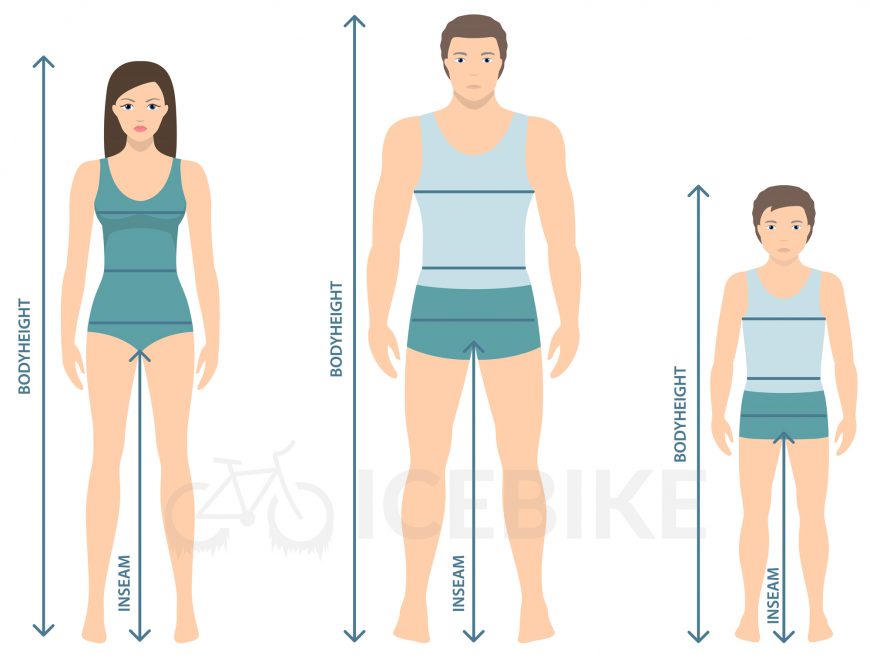
Read our guide on the best bike seats available to discover amazing options!
It’s important to remember that the calculated saddle height is a starting point. Riders should fine-tune their saddle height based on their own comfort and preferences. If needed, consulting a professional bike fitter can help achieve a more personalized and accurate bike fit.
Why Is Saddle Height Important?
Proper saddle height adjustment is important for cycling comfort, efficiency, and injury prevention. An incorrectly adjusted saddle may lead to discomfort, reduced pedaling efficiency, and even an increased risk of knee and lower back injuries. With the right saddle height, you can optimize your cycling performance and reduce the risk of discomfort and injury.
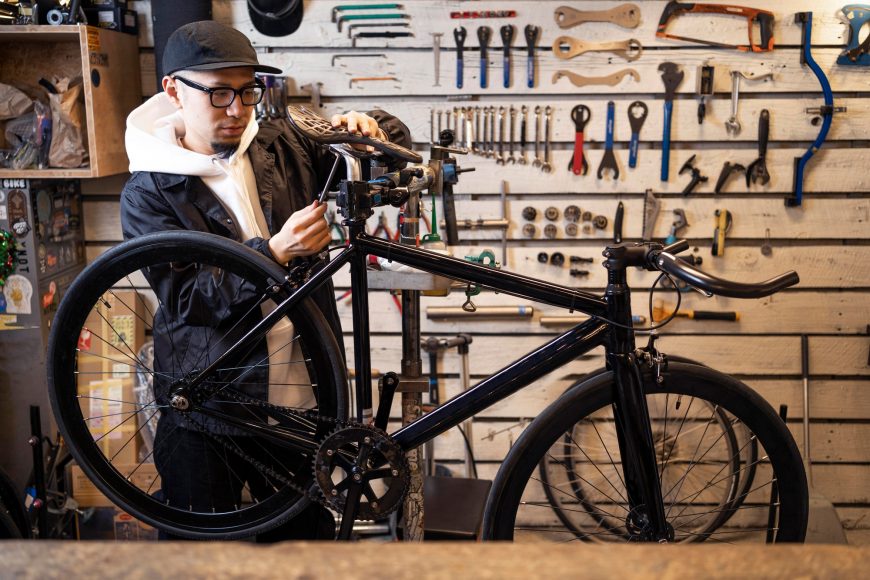
Is your saddle tilting? Explore this guide to find the reasons why your bike seat keeps tilting and how to fix it.
Things To Consider When Finding Your Ideal Saddle Height
Here are the factors that you should consider while finding your saddle height:
1. What Is The Crank Length
Crank length affects saddle height. If you have bikes with different crank lengths, adjust the saddle height for each bike. For example, if one bike has 175mm cranks and another has 170mm cranks, lower the saddle by 5mm on the first bike.
2. Adjust The Saddle Positioning
Adjust the saddle’s position so your knees align with the pedal axle when the pedals are horizontal. Proper alignment helps prevent knee discomfort.
3. Find The Gear Stack Height
The combined height of your shoes, pedals, and cleats (stack height) impacts saddle height. Consider this when switching bikes or upgrading gear.
Remember, the right saddle height boosts comfort and efficiency. I would recommend consulting a professional bike fitter for a personalized fitting.
Find your perfect bike size with our bike size chart!
Tips for Measuring Your Inseam
To measure your inseam, follow these steps:
- Stand upright with your back against a wall and your feet shoulder-width apart.
- Place a book or a similar object between your legs, with one edge against the wall and the other edge against your crotch (as if you were sitting on a bike saddle).
- Measure the distance from the top edge of the book to the floor. This is your inseam measurement.
It is better to take the measurement while wearing cycling shorts or similar clothing for accuracy.
Have adjusted the saddle height but it is still not making any difference? Maybe your bicycle is not the right size. Explore our guide to find 6 signs that show your bicycle maybe too big and how to solve the problem!
Frequently Asked Questions
What is the ideal saddle height for cycling?
The ideal saddle height varies for each individual and depends on factors such as inseam measurement, riding style, and personal comfort. This calculator provides a starting point based on widely accepted guidelines, but it’s important to fine-tune the saddle height based on your own comfort and preferences. If you experience discomfort or pain while cycling, consider consulting a professional bike fitter.
How do I measure my inseam for saddle height calculation?
To measure your inseam, stand upright with your back against a wall and your feet shoulder-width apart. Place a book or a similar object between your legs, with one edge against the wall and the other edge against your crotch (as if you were sitting on a bike saddle). Measure the distance from the top edge of the book to the floor. This is your inseam measurement. Make sure to take the measurement while wearing cycling shorts or similar clothing for accuracy.
Can incorrect saddle height cause knee pain?
Yes, incorrect saddle height can contribute to knee pain and other discomforts while cycling. A saddle that is too high may cause pain in the back of the knee, while a saddle that is too low may cause pain in the front of the knee. It’s important to adjust the saddle height correctly to reduce the risk of knee pain and other injuries.
How often should I check and adjust my saddle height?
It’s a good idea to check and adjust your saddle height whenever you make changes to your bike setup, such as changing your saddle or pedals. Additionally, if you experience discomfort or pain while cycling, it may be an indication that your saddle height needs adjustment. Regular maintenance and checks can help ensure a comfortable and efficient cycling experience.
Is saddle height the only factor that affects cycling comfort?
Saddle height is an important factor in cycling comfort, but it’s not the only one. Other factors, such as saddle fore-aft position, handlebar height, and reach, also play a role in overall comfort and performance. It’s important to consider all aspects of bike fit to achieve the best cycling experience. If you’re unsure about your bike fit, consider consulting a professional bike fitter for a comprehensive fitting session.
Explore our bicycle gear ratio dynamic chart for comprehensive insights.
Conclusion
Keep in mind that saddle height is just one aspect of bike fit. Other factors, such as saddle fore-aft position, handlebar height, and reach, also play a role in overall comfort and performance. It is better to consider all aspects of bike fit to enjoy the best cycling experience.
If you’re unsure about your bike fit or if you experience discomfort or pain while cycling, visit a professional bike fitter for a comprehensive fitting session. Do you have any questions? Let me know in the comment section below. Happy cycling!
Happy cycling!
More Bike-Related Calculators
- Crank Length Calculator
- Bicycle Gear Speed Calculator
- Bike Size Calculator
- Bicycle Gear Inches Calculator
- Bike Gear Ratio Calculator and Charts
- Skid Patch Calculator
- Fixed Gear Calculator: Bike Gear Calculator
Should you have any questions or require further clarification on the topic, please feel free to connect with our expert author Rhodes Perry by leaving a comment below. We value your engagement and are here to assist you.


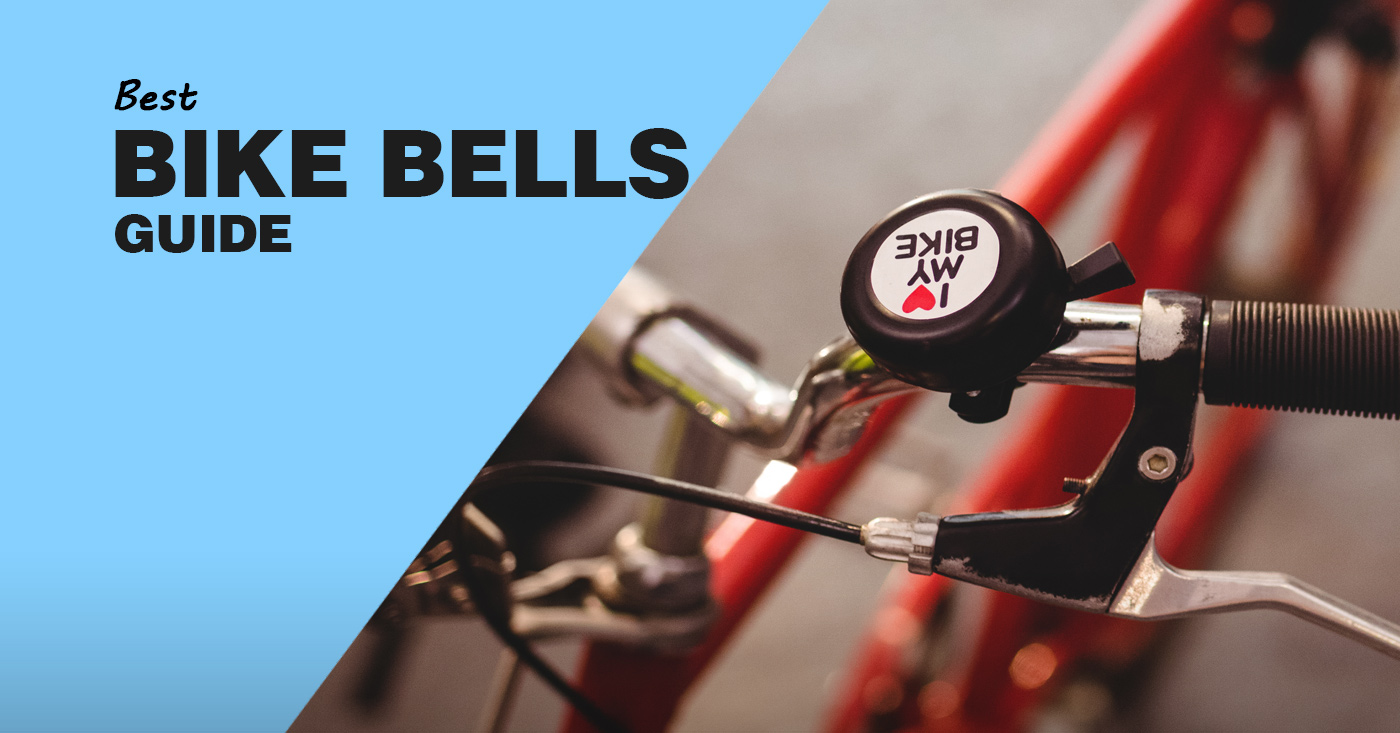
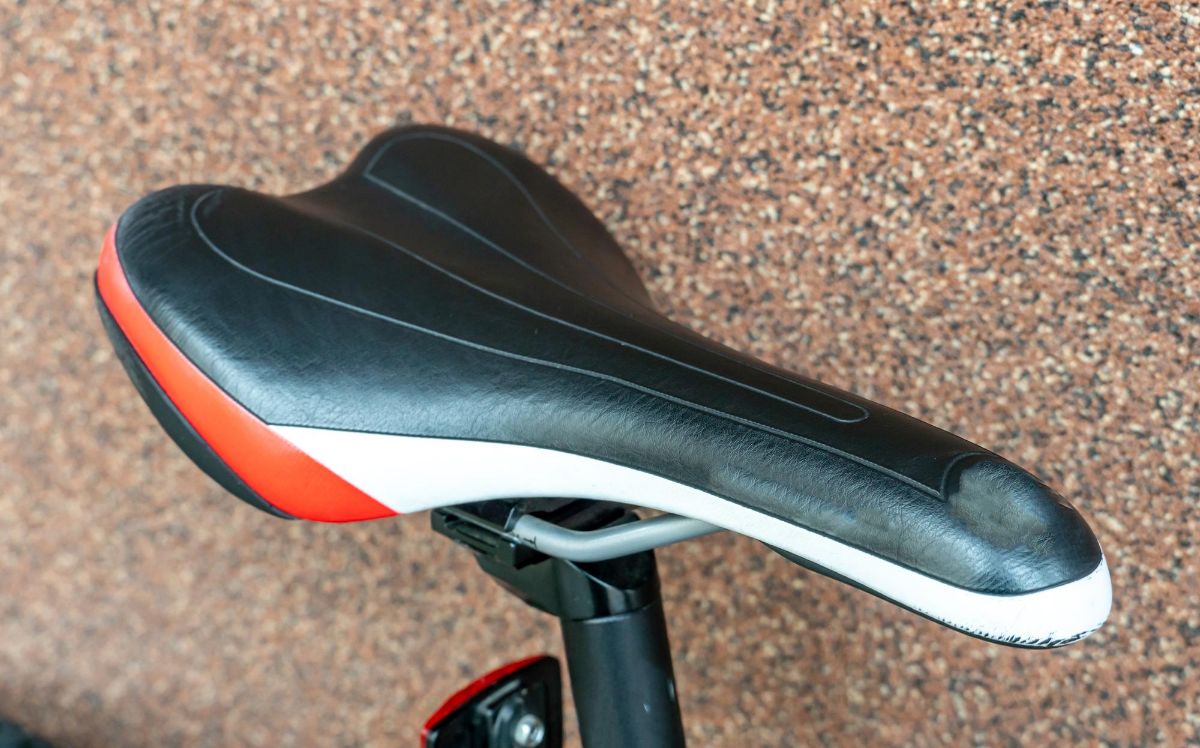
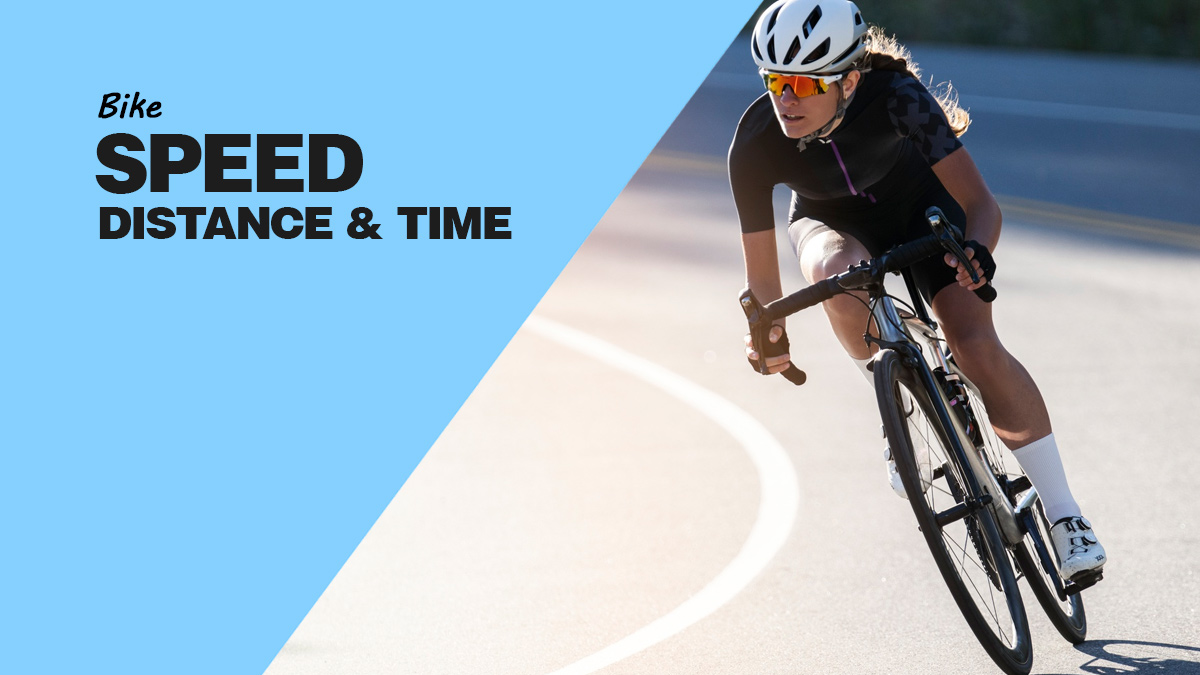
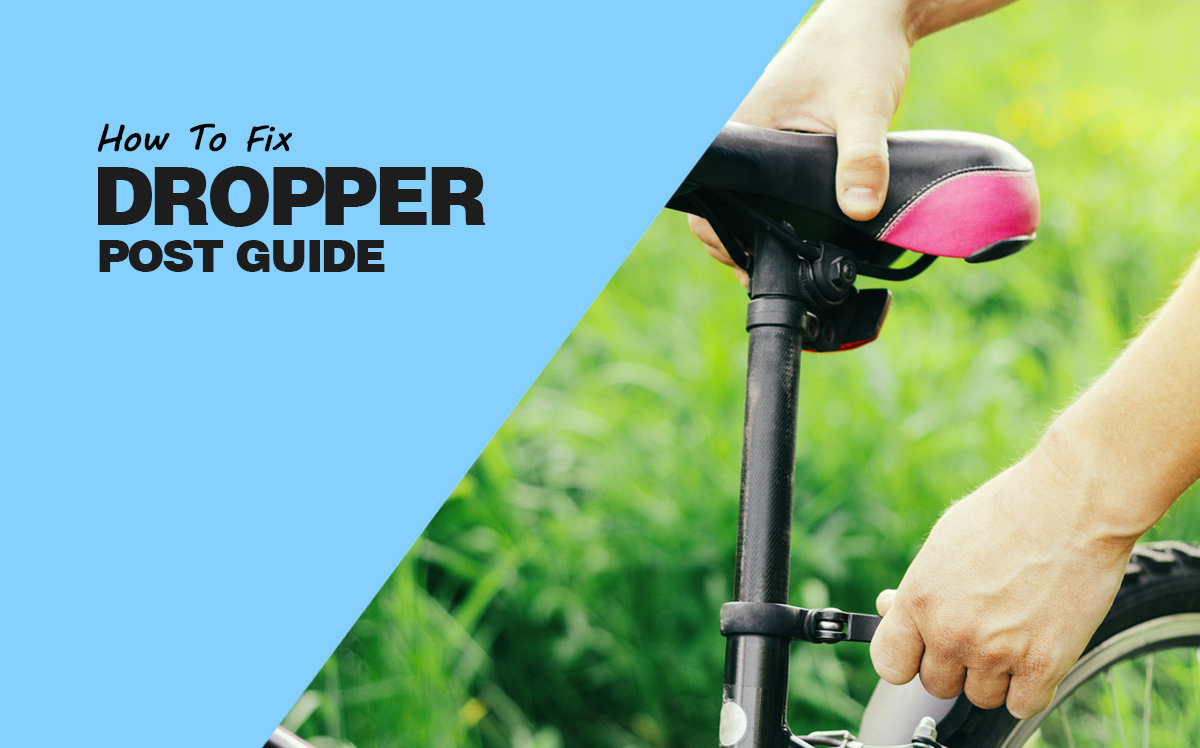
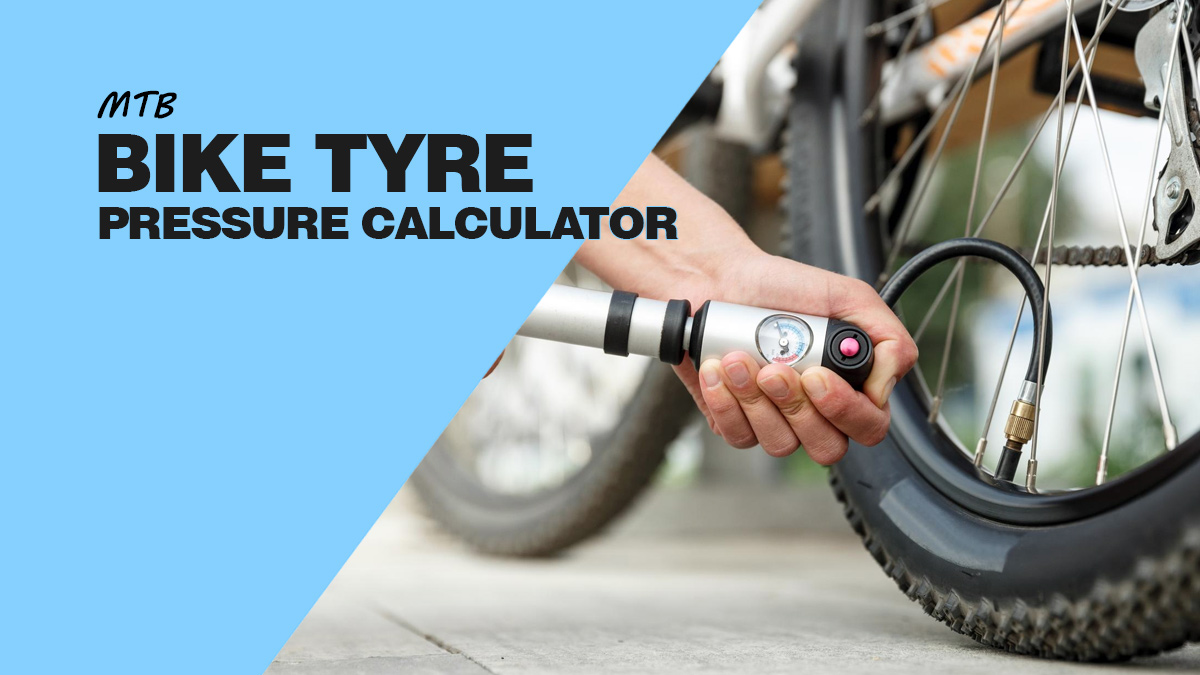
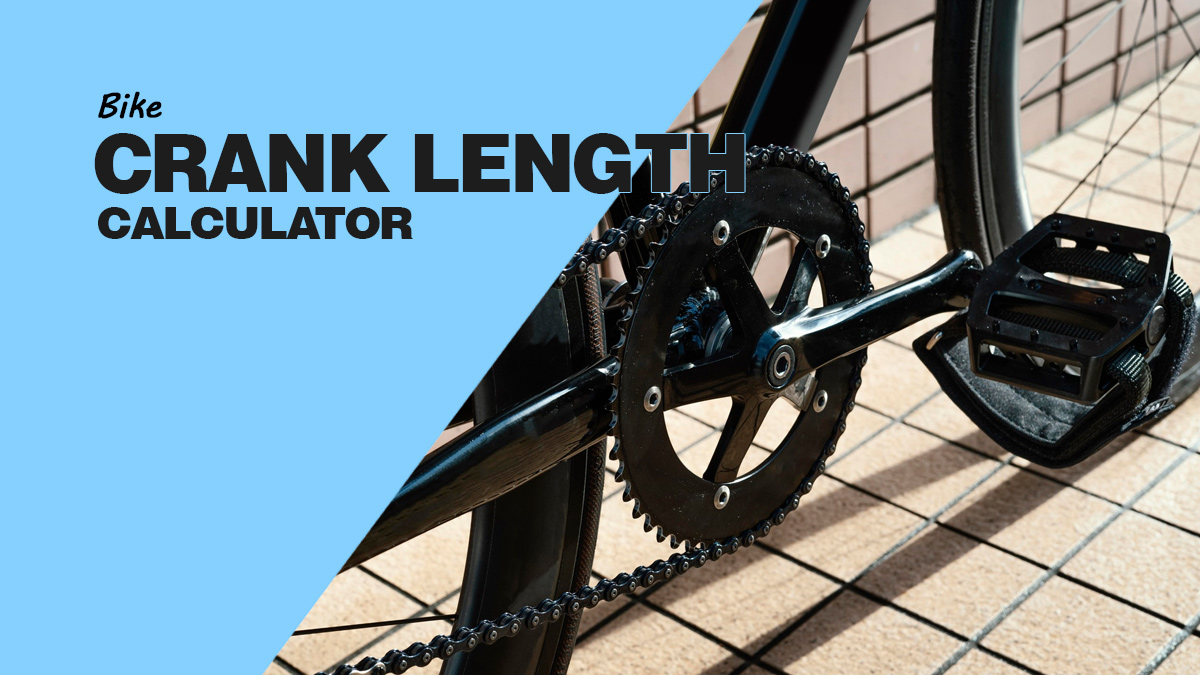
1 thought on “Bike Saddle Height Calculator”
Very nice article. I APRECIATE so much this table showing the formulas for every single case: Roadie, MTB, Tourism. And a calculator included!! and indeep details. Thank you so much, warm regards from Mexico.